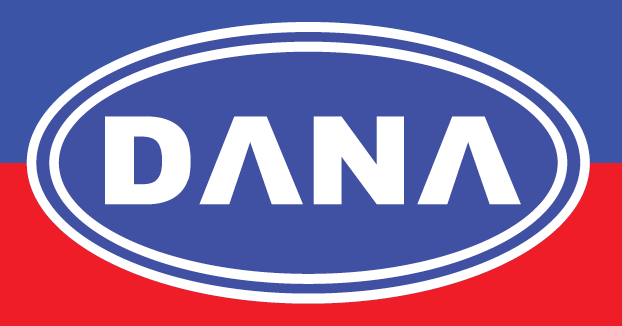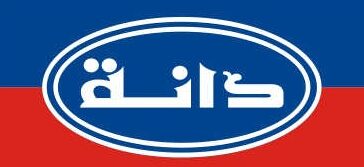Cold Rolled Full Hard Coils Manufacturing Process
Metal sheets or strips can have their material qualities altered through the industrial process of cold rolling. The metal is compressed after being fed between two rollers. Depending on the amount of applied strain, different mechanical properties are obtained. Cold rolling produces a smoother surface, better dimensional precision, and enhanced hardness, which are its key advantages.
Cold rolling process
An essential role in the steel industry is rolling. The metal is run through a pair of rollers as part of a steel production process. There are two primary rolling process types:
Flat rolling – the finished product is a sheet
Profile rolling – the finished product is a bar or rod.
Hot rolling always initiates the process. Steel is rolled at a temperature above its recrystallization temperature, usually above 900 °C, in a process known as hot rolling. This makes it possible to produce steel sheets in larger, thicker sizes, which are perfect for making railway rails, substantial beams, or girders.
Prior to beginning the cold rolling process, the metal must first be “pickled,” which means the scale created during the hot rolling process must be removed from the metal’s surface.
The hot-rolled product is put through additional processing with cold rolling. Following hot rolling, the steel is allowed to cool to ambient temperature before being put through cold rollers at a temperature below that of recrystallization. The stress is released during the rolling process known as annealing, which also increases hardness and yield strength. The reorientation of the grain and the resulting crystal structure faults, which cause the microstructure to harden, are to blame for this.
Steel is often checked as it exits the rollers of the cold rolling mill using thickness gauges. The purpose of reversing mills is to allow the steel to be turned around and forced back through the rollers, which are gradually moved closer together until the appropriate thickness is reached. In a succession of three to six pairs of rollers, a multi-stand mill can lower the thickness by a predetermined amount until the desired thickness is obtained.
Typically, the resultant metal has a thickness of 0.12 to 2.5 mm. Cold-rolled steel is used for applications like beverage cans, lightweight vehicle panels, light aeroplanes, etc. because of how thin it is.
Pickled sheets or strips can be rolled at rates of up to 4 m/s in modern, effective cold rolling mills, and tandem machines that are operating constantly can produce up to 2.5 million tonnes of cold rolled steel yearly.
The advantages of cold rolling
Cold rolled products have the following advantages over hot rolled:
- greater dimensional accuracy
- hardness improved by up to 20%
- increased yield strength
- increased tensile strength
- improved surface finish
- improved straightness
Cold rolled metal properties
Temper refers to the increased hardness that results from cold rolling; tempering, on the other hand, refers to the heat treatment procedure.
The designation given to the stock depends on how much cold rolling is done on a sheet of metal. Metals with a drop in depth of up to 50% after rolling are referred to as full, half, and quarter hard stock. The yield point rises as a result, and ductility declines. Additionally, the grain orientation is changed.
Cold rolling also makes it possible to bend finished materials very easily. The materials’ ability to resist fracture makes them suitable for a variety of applications where the material needs to be bent and shaped.
About Us:
DANA STEEL is a leading manufacturer of various steel products, covering a wide range of products and serving thousands of clients across the globe, at Dana Steel we ADD VALUE TO STEEL. Our products are proudly MADE IN UAE and exported to more than 45 countries across the globe. Salerno port , Venezia Port, La Spezia port, MARGHERA PORT,LASPEZIA PORT. Sandwich Panels, Profile Sheets, Decking Sheets, Aluminium Panels, Composite Panels, Z Purlins, C channels, Metal Lintels, roofing sheets, Fencing Sheets, Steel sheets, stainless steel.
https://danasteel.com/contact/
Plot No: 5325494 ,Saih Suaib-3
City: Dubai
Country: United Arab Emirates [U.A.E.]
Phone: 00971-4-2217273
Email: Info@danasteel.com
Fax: 00971-4-2215940
Facebook/Instagram/Twitter: @danasteeluae
Whatsapp: +971507983153




